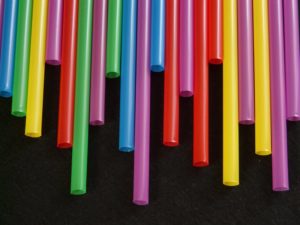How Is Plastic Recycled – Step by Step
Recycling of plastics is the processing of discarded and old plastic product that can be reused. Before recycling plastics are grouped according to Smolin identification code which was developed in 1988.
The symbol used for identification code consists of three arrows that are aimed in the right direction by making a triangle in which there is number, often with an acronym that means the plastic below the triangle. When there is no number, symbol is a universal symbol of recycling and is a material that is generally recyclable.
The benefits of recycling plastic are that it produces a third of the sulfur dioxide, 90% less waste and about 250% less carbon dioxide.
The disadvantage is that the transport of plastic as expensive or more expensive than the gains of recycling. This means that 250% of produced less carbon dioxide does not consider the carbon dioxide created during transport and during the operation of machines for recycling.
Scientists predict that the urban waste, or simply trash, could turn into fuel for some 20 years, or the electricity which would automatically reduce the need for holes and pits for disposal. Read also How Does Recycling Work!
Step by Step
 1. Collection – Your empty plastic bottles are collected and taken to a recycling facility for sorting. If you have already separated the plastic bottles from the rest of your recycling they can be sent straight to a recycling plant.
1. Collection – Your empty plastic bottles are collected and taken to a recycling facility for sorting. If you have already separated the plastic bottles from the rest of your recycling they can be sent straight to a recycling plant.
2. Separating – The recycling is handchecked to remove any non-recyclable material. A ‘trommel’ – a large perforated spinning drum – then separates plastic bottles and cans.
3. Sorting – The bottles are then cleaned and sorted by type and colour using infrared beams. The infrared light is refl ected off of the plastics in different ways, allowing a sensor to detect which is which. Precision jets of air then separate the different types.
4. Shredding and melting– Next they are shredded by a machine and washed again to remove any impurities, such as remnants of paper labels or the original contents. They may also be decontaminated further using a chemical solution. The shreds of plastic are then dried and melted down.
5. Flaking – The melted plastic is reformed into flakes or pellets as it cools. These can then be melted down and used to make new products such as new plastic bottles.
Read also How do Waste-To-Energy Plants Work.

Comments are closed.